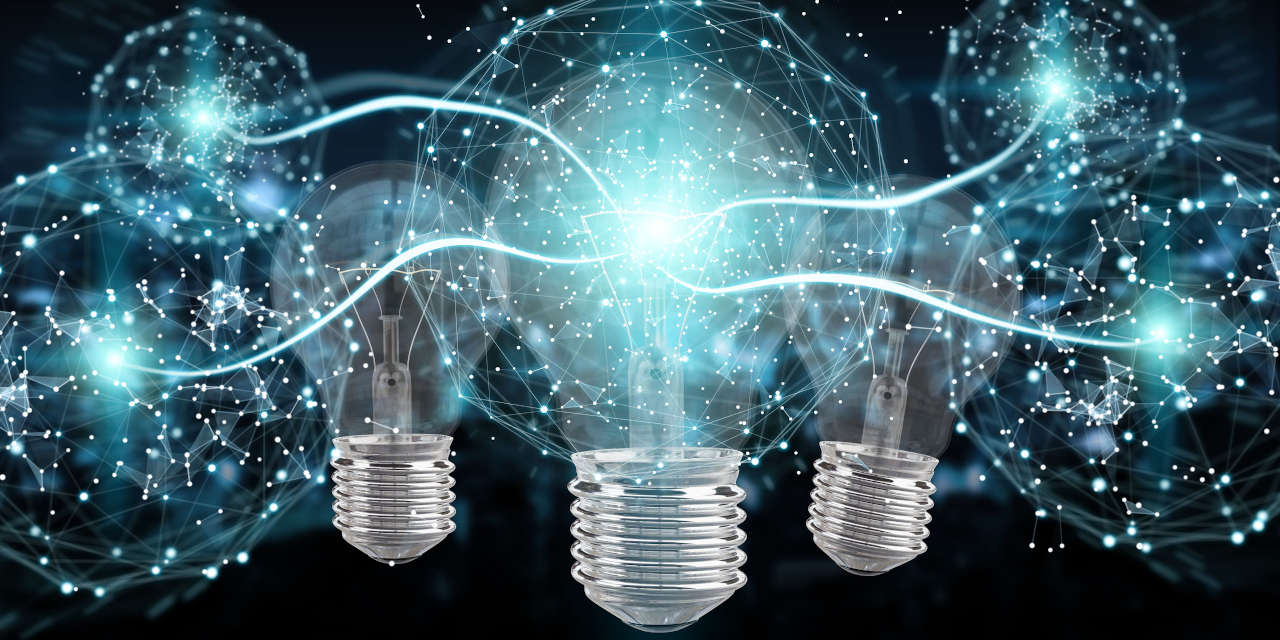By Pam McDonald
I don’t really think of the lights in our homes and buildings as technology. I guess that’s because in my lifetime they have just always been there. Even though we take it for granted, lighting is a technological advancement. And now there is new lighting technology available — with myriad health and behavioral benefits.
That is especially true of circadian lighting, which is designed and automated to mimic the colors and brightness of the sun as it rises and falls on a 24-hour cycle. It was also the topic discussed in mid-August at Tech Foresight, a virtual summit produced by Senior Living FORESIGHT.
Jack Sterne, president and co-founder of Lumenant, a national company providing lighting, energy, and technology solutions to senior living (and a Tech Foresight partner), was a summit presenter. He was joined by Dr. Kevin O’Neil, a leading U. S. gerontologist and Chief Medical Officer with ALG Senior (formerly Affinity Living Group). They enumerated many of the benefits of 21st century lighting.
Circadian Rhythms
Scientists have observed and studied circadian rhythms — a 24-hour biological clock phenomenon — for centuries. Evidence shows that these deeply ingrained pulses affect physiological and behavioral processes in animals and humans. Exposure to bright, white light in the blue spectrum during the day and then to amber and fall colors during the evening helps restore natural circadian rhythms.
Modern life with its constant exposure to standard incandescent or fluorescent lighting — now compounded by pervasive blue-rich white lights emitted from the screens of our electronic devices — has disrupted the body’s natural rhythms. Jack and Dr. O’Neil reviewed the potential ill effects as well as benefits.
Jack asked summit attendees to think of lighting as a drug that can mitigate the harmful effects of disrupted circadian rhythms as well as boosting their positive potential.
Jack stated it simply: light affects our sleep (in fact, he said, light is the most important factor in good sleep), sleep affects our immune system, specifically our T-cells (which we need for the effectiveness of vaccines) as well as the secretion of melatonin.
Here’s Where Tech Comes In
Tech solutions enhance sleep and boost our immune system; that is, they increase our resistance to infection. Something we all need to think about given that the novel coronavirus is likely our first pandemic of this century.
We don’t know yet whether it’s true for those who’ve suffered through COVID-19, but we do know that seniors with influenza have a higher risk of stroke and heart attack.
Blue light interrupts sleep, which is great in the morning when we need to wake up. Typically, healthy adults need a minimum of 60 minutes each day of bright light. Senior living residents in communities where lighting is bad may not be getting enough bright light. Especially if shelter in place orders are restricting their daily access to the sunny outdoors.
Jack pointed out that Lumenant’s circadian lighting lets residents wake to a warm glow, and then as the day goes on, its brighter, whiter sun-like light stimulates alertness, which can encourage participation in community activities. In the late afternoon, peaceful evening hues prepare residents for sleep and, as Dr. O’Neil noted, can help alleviate symptoms of Sundowner’s syndrome for those with dementia.
It Can Work in Your Community
Lumenant also can fit or retrofit senior communities with smart LED lights, exterior lighting around the building and parking lot, and solar panels with micro-grid battery storage.
So, the next time you flick on a light switch in your building, let it give you the bright idea of reassessing your lighting needs and exploring 21st century options. For more information visit www.lumenantllc.com.
To watch Lumenant’s presentation at Tech Foresight, and get access to all the recordings, please sign up here.








